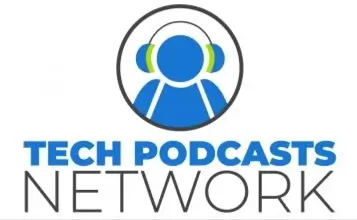![]() One of the great frustrations of modern life is the need to remember a multitude of passwords and it’s getting worse as hackers get more sophisticated and passwords need to get longer and more complex. The ex-AVG team at StickyPassword have put together a comprehensive cross-platform password management solution. Todd sits down with Thomas to learn more.
One of the great frustrations of modern life is the need to remember a multitude of passwords and it’s getting worse as hackers get more sophisticated and passwords need to get longer and more complex. The ex-AVG team at StickyPassword have put together a comprehensive cross-platform password management solution. Todd sits down with Thomas to learn more.
StickyPassword Premium is available on most platforms, including Windows, Mac, iOS, Android and Amazon devices, and can synchronise between those platforms either via direct wifi or through the Amazon cloud. Security is covered with AES256 encryption and the data file is encrypted before transmission minimising the risk of interception. Where available, i.e. the iPhone, fingerprints can be used to secure the app and data: for everyone else it’s a single master password.
If you want to try it out, there’s a free version that has everything except the sync. For that it’s $19.99 a year.
Interview by Todd Cochrane of Geek News Central for the TechPodcast Network.
Podcast: Play in new window | Download
Subscribe: Apple Podcasts | RSS | More



